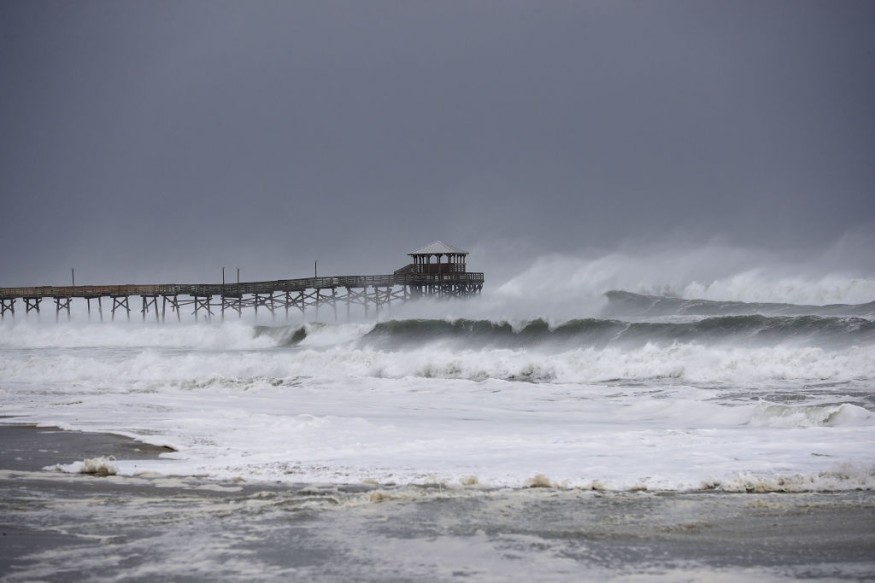A coastal low hovering above the Atlantic Ocean threatens some parts of the U.S. East Coast with heavy rain and flash flooding. In North Carolina, "significant flooding" has been reported already by weather authorities due to the downpour of heavy rain in the past several hours as of Friday, May 19.
Aside from torrential rain, coastal erosion, large tidal waves, and damaging winds pose a threat to coastal areas.
U.S. weather forecasts for the said region show the potential continuance of excessive rainfall events until this coming weekend due to the interaction between a deep layer of moisture and very unstable air, according to Fox Weather forecasters. In the coming hours and days, power outages and disruption to travel, as well as in schools and businesses.
North Carolina Flooding

Flooding has already been reported in the city of Wilmington, North Carolina, where rainfall amount has reached 7 to 9 inches by Friday morning, according to Fox Weather, citing from the National Weather Service (NWS).
The intense rainfall was a result of a developing low-pressure area over the Atlantic Coast, triggering "significant flash flooding" in southeastern North Carolina as of Friday morning. The said East Coast city received excessive rain for three hours until 10 a.m. ET (local time).
This means the rainfall rates are 3 inches per hour, similar to tropical systems making landfall, according to the NWS, as cited by the network.
Potential Impact
In addition, the meteorologists said the coastal storm is expected to bring gusty winds to the region, with strength reaching 10 to 20 miles per hour from Savannah, Georgia, to Wilmington by Friday afternoon. Inland parts of the Carolinas could also experience similar powerful winds.
As mentioned earlier, the coastal low and its impact could continue until the weekend. According to WRAL meteorologist Peta Sheerwood, showers will still be possible on Saturday, May 20, likely from evening into Sunday, May 21, but are still subject to change.
North Carolina Significant Floods
While North Carolina is vulnerable to flooding like other states along the Eastern Seaboard, its worst cases occurred during a tropical cyclone or hurricane, as seen in the past decades, according to the NWS.
In August 1940, a major flood event occurred in North Carolina as a result of a hurricane making landfall and interacting with topography over the western part of the state. The tropical cyclone caused widespread damage to crops and property, as well as to infrastructure like bridges, roads, and rail lines. Flash flooding and falling debris also resulted in 26 fatalities, the weather service said.
In September 1999, Hurricane Floyd brought unprecedented flooding in most eastern parts of North Carolina, resulting in catastrophic damage and 35 deaths, the U.S. weather agency adds.
In August 2021, Tropical Storm Fred killed at least five people with one other missing as flash floods swept homes in western North Carolina, The New York Times reported.
© 2026 NatureWorldNews.com All rights reserved. Do not reproduce without permission.





